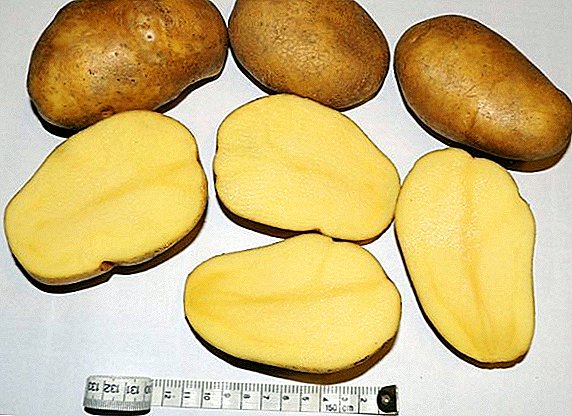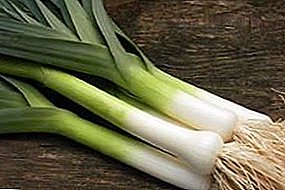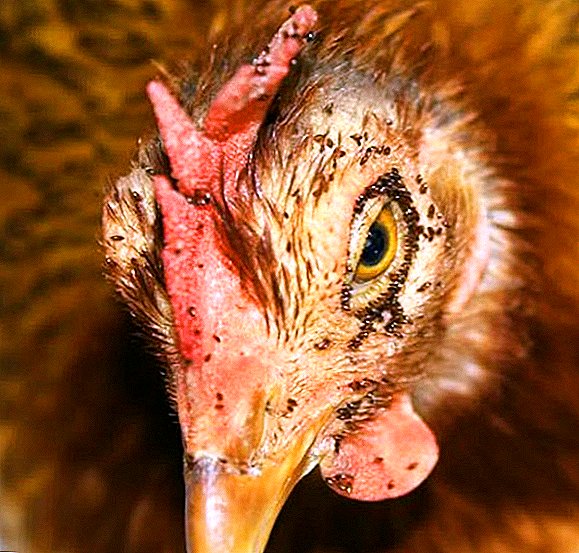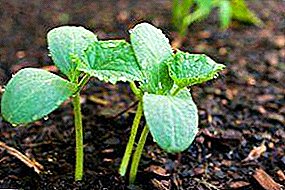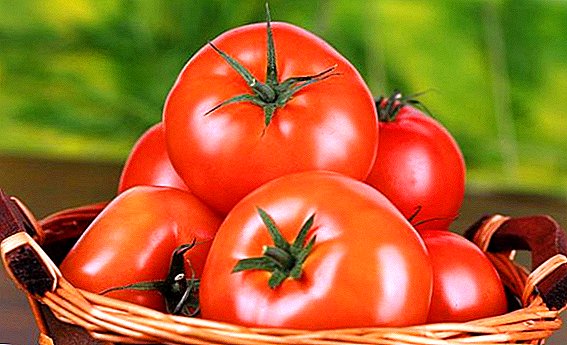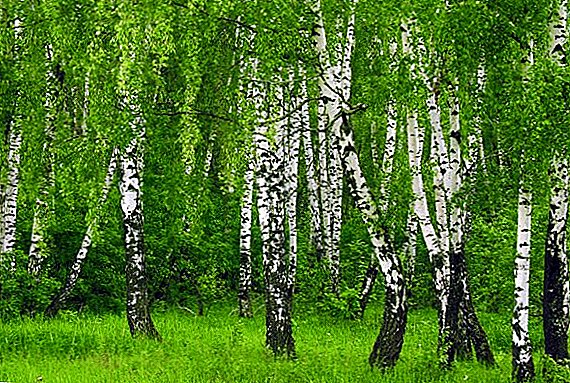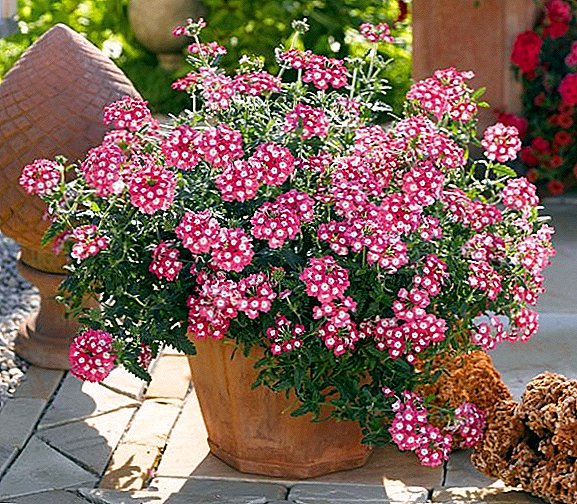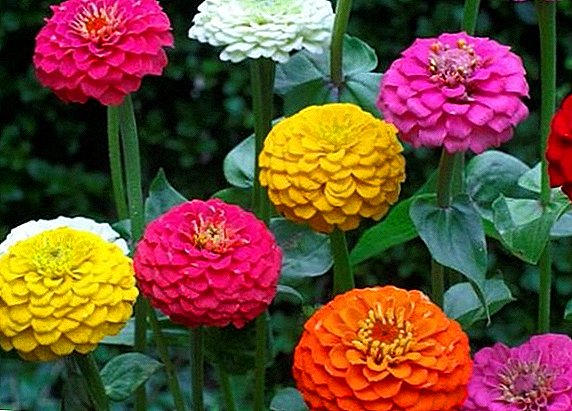 Zinnia or majors are annual garden flowers with large single spherical, layer-by-layer, bright flowers of various colors. For more than 200 years, Zinnia has been known and successfully divorced in Europe, although its birthplace is hot South America. Zinnia is distinguished by excellent decorative properties, relative unpretentiousness in care, a variety of types which are well combined among themselves. In addition, Zinnia looks great with almost all garden vegetation and is planted in various combinations to create beautiful front gardens, flower beds, flower gardens. There are also perennial species of zinnia, but they are not used in gardening.
Zinnia or majors are annual garden flowers with large single spherical, layer-by-layer, bright flowers of various colors. For more than 200 years, Zinnia has been known and successfully divorced in Europe, although its birthplace is hot South America. Zinnia is distinguished by excellent decorative properties, relative unpretentiousness in care, a variety of types which are well combined among themselves. In addition, Zinnia looks great with almost all garden vegetation and is planted in various combinations to create beautiful front gardens, flower beds, flower gardens. There are also perennial species of zinnia, but they are not used in gardening.
Did you know? Zinnia received its European name from Johann Zinna - a German scientist, professor, director of a botanical garden. And the name of the major was fixed in the people for a fresh, elegantly dapper, brave look of a flower.
Zinnia has several species and varieties. This article will tell about some of them.
Zinnia graceful (Zinnia elegans)
This is a species with abundant flowering. It reaches a height of 90 cm, but on average it is 20-70 cm. The stem is erect, the leaves are dark green, oval-pointed. And the stem and leaves are covered with hard villi. Zinnia is elegant - fast-growing, strong and cold-resistant, it can bloom until the first frost. Flowering - from early June to September-October. Flowers - lilac, yellow, pink, orange, red, cream, purple, white. According to the appearance of the inflorescences of the zinnia graceful, subgroups are distinguished - fantasy, scabiosa flower, gayardi color, chrysanthemomotom, pompon and george color. We have the most widespread the last two groups.  Zinnia dahlia - high compact or, on the contrary, overgrown bushes with large ovate leaves and large - up to 15 cm in diameter with semi-spun terry-like flowers flattened from below. Reed flowers are raised along the edge and lie in the form of a tile masonry, hanging over each other. Most popular varieties:
Zinnia dahlia - high compact or, on the contrary, overgrown bushes with large ovate leaves and large - up to 15 cm in diameter with semi-spun terry-like flowers flattened from below. Reed flowers are raised along the edge and lie in the form of a tile masonry, hanging over each other. Most popular varieties:
- Zinnia Violet - sprawling half-stick, 70-80 cm in height, with dense double flowers of various shades of purple;
- Purple - sprawling shrub up to 85 cm tall, with loose blood-red flowers;
- The rose is a wide-pure variety, it reaches a height of 55-65 cm, with medium dense pink flowers, varying in brightness;
- Zinnia Crimson Monarch - a wide bush up to 70-75 cm in height, with dense terry inflorescences of crimson and bright red color;
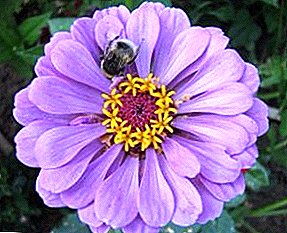 Fantasy - bushes wide up to 70 cm in height. The flowers are large, terry-curly, with narrow, curved from the edge (sometimes forked at the ends) inside the petals. This subgroup has a few more groups of different colors and the degree of terry;
Fantasy - bushes wide up to 70 cm in height. The flowers are large, terry-curly, with narrow, curved from the edge (sometimes forked at the ends) inside the petals. This subgroup has a few more groups of different colors and the degree of terry;- Zinnia Cherry Queen - neat bush up to 75 cm tall, with bright cherry large flowers;
- The lavender queen (sometimes called simply Lavender) is a sprawling, tall bush - up to 70-80 cm, the petals are densely terry, pale lilac-lilac;
- Envy is 60-75 cm tall, with perhaps the most unusual green petals, as well as its various shades;
- Zinnia Tango is a rather compact growing bush, up to 70 cm high, with large saturated orange or bright red double-friable flowers;
- Polar Bear or White - height 60-65 cm, flowers - white with a faint light greenish tint;
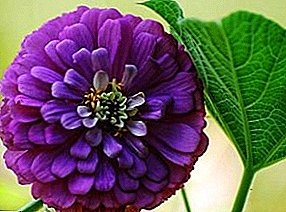 Purple Prince - in the height of 55-60 cm, with large saturated purple flowers;
Purple Prince - in the height of 55-60 cm, with large saturated purple flowers;- Zinnia Mandarin Mousse - in height up to 85-90 cm, with large spherical inflorescences - up to 14-15 cm in diameter, with double-colored terry-orange petals;
- The God of Fire is up to 75 cm tall, with a rounded inflorescence, with long brick-red petals rolled in a tubule.
Did you know? Hybrid of georgone group - zinnia giant Russian. The size of F1 reaches a height of 1.5-1.6 meters! It happens in two colors - scarlet and gold. Very beautiful, looks impressive in a vase.In general, giant varieties - the California Giant, Bernaris Giants and others - are grown and used mainly for cutting into a bouquet. They are long - up to 15-20 days - stand in the water, keeping their appearance.
Zinnia pomponnaya, or Zilnia Liliput, is a bushy and abundantly blooming, but shorter and with rounded inflorescences smaller than 4-5 cm in diameter. The most popular varieties:
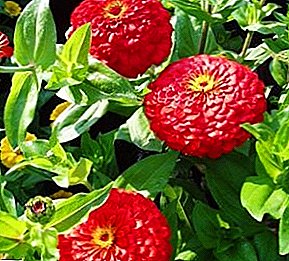 Little Red Riding Hood - the bush itself is in form - branchy-spherical, 50-65 cm in height, with dense, densely shaped double spherical ruby-red flowers;
Little Red Riding Hood - the bush itself is in form - branchy-spherical, 50-65 cm in height, with dense, densely shaped double spherical ruby-red flowers;- Thumbelina (hybrid variety mixture) - bush densely branched, up to 50 cm tall, with terry dense inflorescences of different colors;
- Tom Tumb is also Zinnia Terry, half-cisty, but compact, 35-50 cm tall, with dense red flowers.
Important! Zinnia is light-requiring, therefore, when planting, it is selected in advance for it spacious, not shaded areas.There is also a dwarf zinnia - these are subspecies of zinnia up to 30 cm in height. They are suitable for growing on the street, and indoors - in containers, pots. Grades - Zinita, Short Staff.
Zinnia linearis (Zinnia linearis)
These are very dense spherical half-poles up to 35-40 cm high with narrow, dark green leaves pointed at the ends. The inflorescences are small, simple, the color of the petals is bright orange with yellow edging along the edge. Suitable for home breeding. Looks very impressive on the balcony, veranda. Varieties - Golden Eye, Caramel. 
Important! Zinnia does not need frequent and abundant watering! To avoid rotten diseases of the roots and stem, water flowers should be moderate.
Zinnia angustifolia (Zinnia angustifolia)
The second name is Zinnia Haage. Zinnia narrow-leaved - well-branched semi-stick up to 25-30 cm in height, small flowers - up to 6 cm in diameter with semi-double or simple bright orange petals, the tips of the petals can be red. Leaves are small, ovate - wide at the base and elongate-pointed to the top. The species is resistant to cold - flowering from July to September - October. Known varieties:
- One bond of the most beautiful varieties of narrow-leaved zinnia is the Solar Circle. Variety with wide branching, with double flowers up to 3.5 cm in diameter. The color of the petals is orange, on the tips is brown-orange or brown. Flowering - all summer and before frosts;
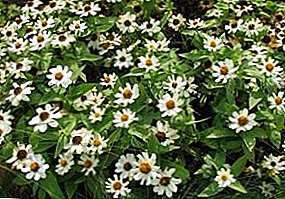 Classic White - white flowers, simple;
Classic White - white flowers, simple;- Classic Orange - with simple orange flowers;
- Persian Kaper - with double or semi-double starred orange-brown flowers;
- Starbright - with white, yellowish, orange inflorescences.
Did you know? Profinnus F1 Zinnia is a hybrid of a zinnia narrow-leaved and elegant, considered to be the most cold-resistant and not sensitive to bad weather. Gives a beautiful bloom, even if it is cool, rainy summer.
Fine Zinnia (Zinnia tenuiflora)
 Not too sprawling and branchy bushes, in height - up to 55-60 cm. Stems - thin, articulated, slightly brownish or reddish. The diameter of the inflorescence is 2.5-3 cm. The flowers are narrow, dark red, slightly bent backwards, twisted at the ends. Looks great in complex ensembles with other colors in flowerbeds, lawns and landscape landscape park compositions.
Not too sprawling and branchy bushes, in height - up to 55-60 cm. Stems - thin, articulated, slightly brownish or reddish. The diameter of the inflorescence is 2.5-3 cm. The flowers are narrow, dark red, slightly bent backwards, twisted at the ends. Looks great in complex ensembles with other colors in flowerbeds, lawns and landscape landscape park compositions.


 Fantasy - bushes wide up to 70 cm in height. The flowers are large, terry-curly, with narrow, curved from the edge (sometimes forked at the ends) inside the petals. This subgroup has a few more groups of different colors and the degree of terry;
Fantasy - bushes wide up to 70 cm in height. The flowers are large, terry-curly, with narrow, curved from the edge (sometimes forked at the ends) inside the petals. This subgroup has a few more groups of different colors and the degree of terry; Purple Prince - in the height of 55-60 cm, with large saturated purple flowers;
Purple Prince - in the height of 55-60 cm, with large saturated purple flowers; Little Red Riding Hood - the bush itself is in form - branchy-spherical, 50-65 cm in height, with dense, densely shaped double spherical ruby-red flowers;
Little Red Riding Hood - the bush itself is in form - branchy-spherical, 50-65 cm in height, with dense, densely shaped double spherical ruby-red flowers; Classic White - white flowers, simple;
Classic White - white flowers, simple;